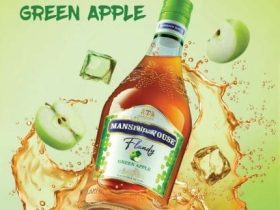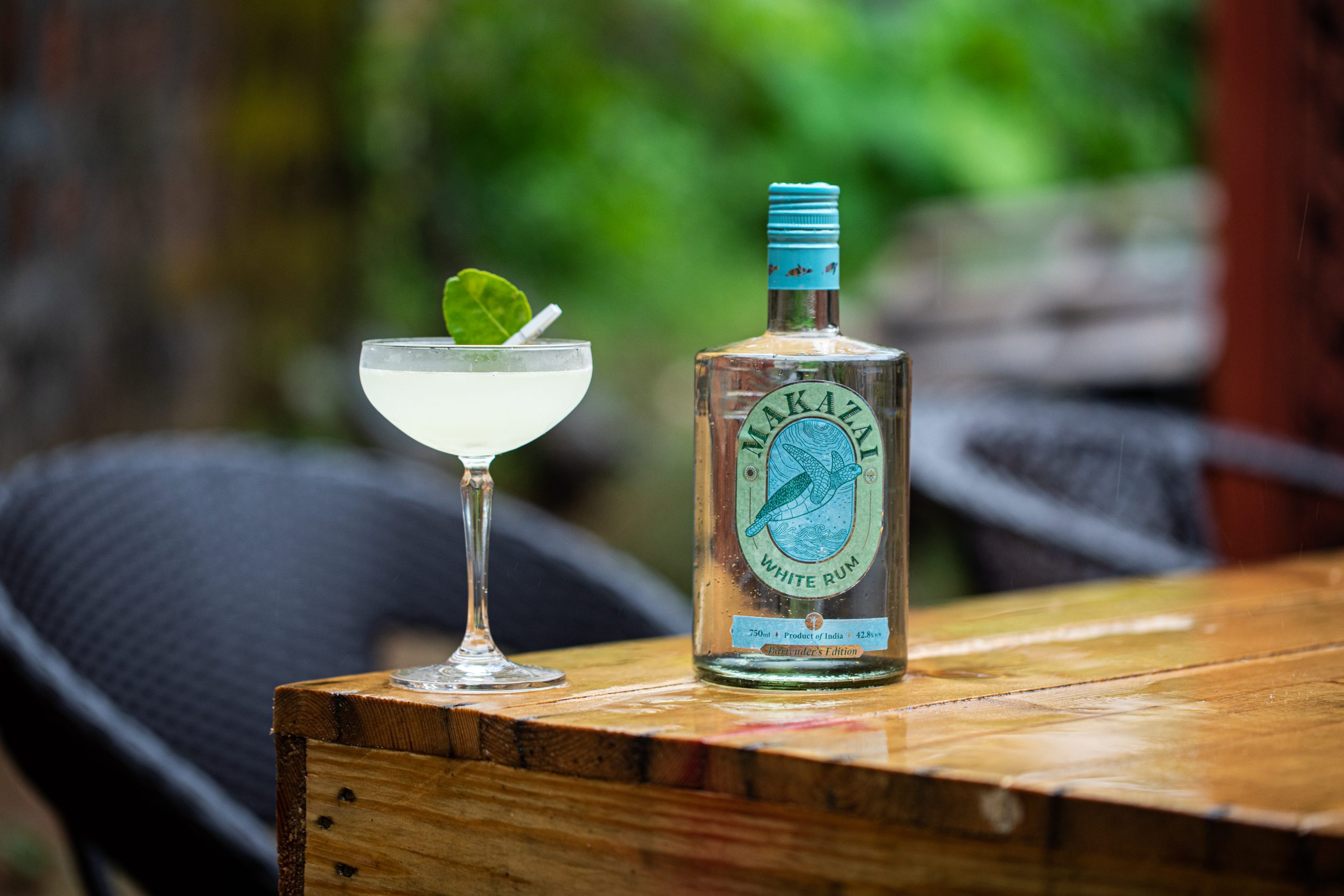Canadian whisky is relatively laissez-faire—they have no mash bill requirements or age statements on their labels. They are only required to rest the spirit for a minimum of three years in barrels.
Unlike U.S. distillers, Canadians tend to ferment, distill, and individually mature single-grain whiskeys then blend them together, instead of relying on a specific combination of mash bill to build a whiskey around.
This puts more creativity and latitude in the hands of the blender. They can use column or pot still. No barrel requirement, nor is there guidance for mash bills. Blends, ages, grains, and barreling are all in the hands of the creator—like painting outside of the lines.
To be dubbed Canadian, all the whisky has to do is be fermented, aged, and distilled in Canada, made with grain, 40 percent alcohol, in a wooden barrel of less than 700 liters, for a minimum of three years.
(Fun fact: Canadian whisky law is so lax, that Canadian distillers can add up to 9.09% of the blend to other spirits or wine. Dr. Livermore claims that Hiram Walker added rum to his whisky in the 1880s. Now, the law states that it has to be a wine or a two-year-old spirit. That said, it could be tequila or brandy or Scotch.)
Canadian whiskeys thrive through blending—rather than stick to a designated mash bill, Canadian master blenders curate and conjure up the perfect blend of aging grains and maturations after distillation, giving them a full canvas of flavors to work with.
Many older consumers may think Canadian whiskey is the same thing they’ve been drinking for generations. But the category changes with each generation thanks to this creative licensing. Loose restrictions mean distillers can pivot to trends and, they can adapt their process to meet farming needs—if the rye crop isn’t up to standards one year, or yields unusual flavors, blenders can balance out the liquid with various grains and fermentation processes.
















Leave a Reply